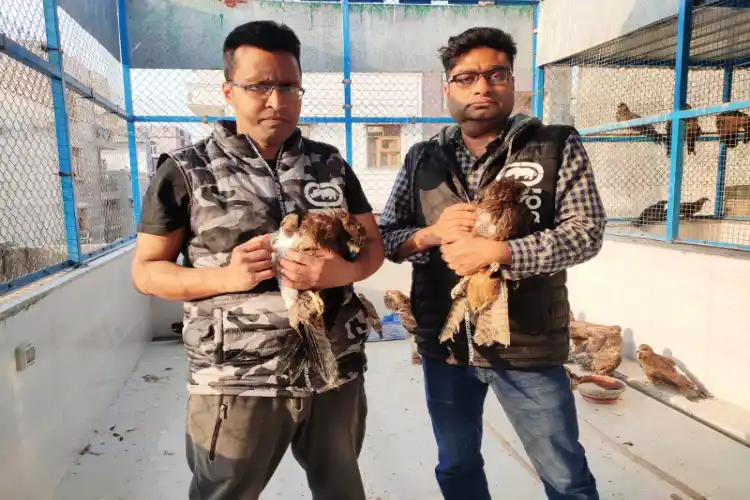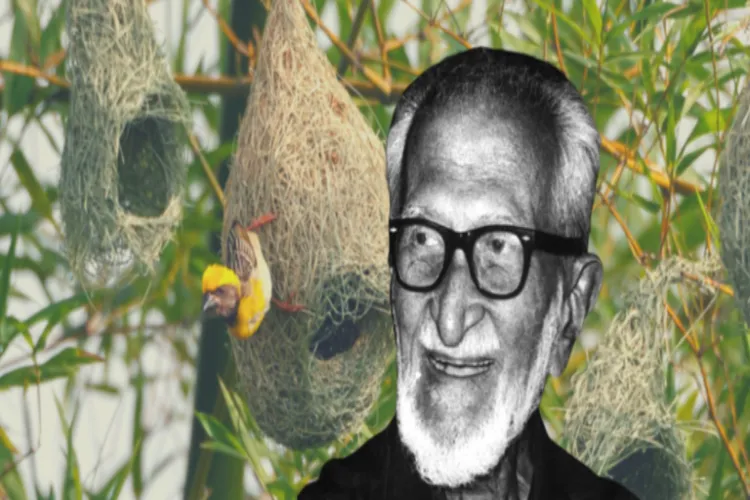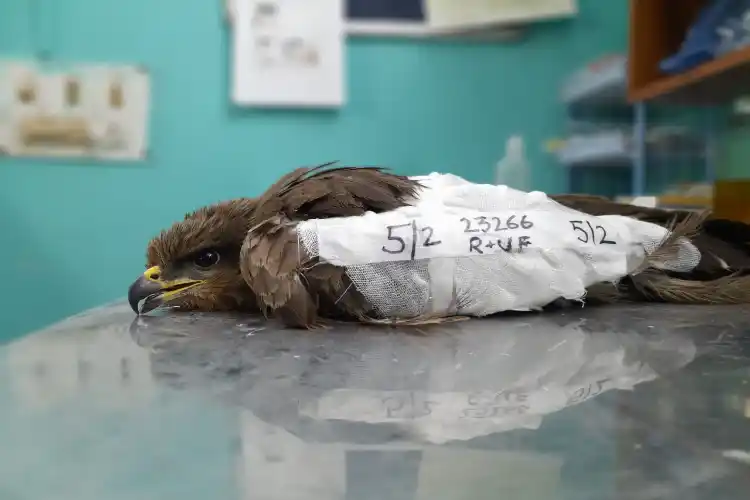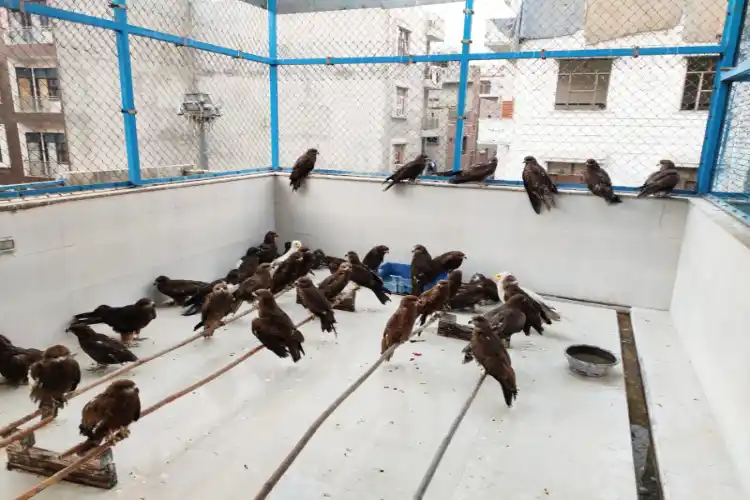
Sabir Hussain/New Delhi
As the world remembers Salim Ali Moizuddin Abdul, the birdman of India, on his birth anniversary, here is a story of two brothers who are perpetuating the passion and work. Salim Ali, great orinthologist, had devoted his life in observing and researching the lives of avians.
Sometime in the mid-1990s, two teenaged brothers in Old Delhi found an injured kite that had been wounded by manjha or glass powder-coated string and took it to city’s most famous bird hospital in Chandni Chowk. But they were shocked when the hospital refused to treat the bird because it was a carnivore.
 Salim Ali
Salim Ali
They were unable to help that bird and left it at the spot where they found it. It was only in 2003 that they brought another injured kite home. It was a black kite that had a fracture and they could do nothing to help it fly again and so it stayed with them for the rest of its life.
The two brothers – Nadeem Shehzad and Mohammad Saud – eventually set up their own rescue and rehabilitation centre for such birds in their home in Old Delhi. Shehzad and Saud who have a business of manufacturing metal soap dispensers, initially used their own resources to take care of the injured birds.
In 2010, they set up an NGO called Wildlife Rescue to take care of injured birds, the number of which continued to increase as anyone who found an injured bird would come and hand it over to them.
Shehzad and Saud now have three others including a veterinary doctor Jai Prakash Pandey to help with their work.

An injured kite at the Wildlfe Rescue Centre.
“In 2013, we took up a new place in Wazirabad where Saud lives. We also have the clinic and the office at a rented place there,” Shehzad told Awaz – the Voice.
“Most of the injured birds at the facility are kites. We also get owls, vultures and water birds such as egrets and storks. And during breeding season, a lot of baby birds that fall out of their nests are brought in” he said.
At the rescue entre the raptors are fed chicken and other meat. And it costs a lot of money to take care of the feathered residents.
“Depending on the number of birds, the monthly expenses can go up to Rs 1.5 lakh. In 2020, we got Foreign Contribution (Regulation) Act (FCRA) clearance for foreign donations. We used to run the facility on donations but after the two Covid lockdowns, the donations have fallen quite a lot and we are going through hard times,” Shehzad said.
An owl under treatment at the Wildlife Rescue Centre.
How about the recovery rate of the injured birds?
“When we started, only 20 per cent of the cases were manageable. We have brought it up to 50 per cent and are aiming at 80 per cent recovery rate,” he said.
The recovery is quicker among birds that are young and not seriously ill.
Time is also a vital factor in treatment of injured birds. “It is equivalent to what is called golden hour for humans when it comes to stoke or heart attack. The delay in treating an injured bird can mean that it may not be able to fly again.”
Birds that are seriously injured or terminally ill are euthanized.
A bird that has recovered from its injury needs to fly 10 ft effortlessly before the two brothers decide to release it.
 Injured birds, mostly kites inside their enclosure at the Wildlife Rescue Centre.
Injured birds, mostly kites inside their enclosure at the Wildlife Rescue Centre.
“It is called soft release. A bird that has recovered may fly out but we keep part of the enclosure open for 24 hours if it has to return for food and water. Some birds go away for good while some keep coming back,” Shehzad said.
The Wazirabad Wildlife Rescue now gets injured birds not only from ordinary citizens, but also from different bird hospitals in the national capital.
Manjha continues to be single largest factor responsible for injuries to the birds, particularly kites.
“In Delhi, kite flying is a round-the-year affair. It goes up substantially around Independence Day when the number of injured birds that are brought to our centre also increases,” he said.
Shehzad feels that India lags behind in treatment of birds.
“Larger animals like pets or cattle get priority among vets. May be because cattle costs money and has economic value while pets have bonding with their owners. But wildlife does not seem to have any use for anybody.
The rescue centre has about 100 birds now but the number often rises by the evening because many of the birds that have been released also return for food and water.
ALSO READ: “Char Chinari” The Jewel Crown of Dal Lake
Shehzad and Saud can be reached at www.raptorrescue.org
